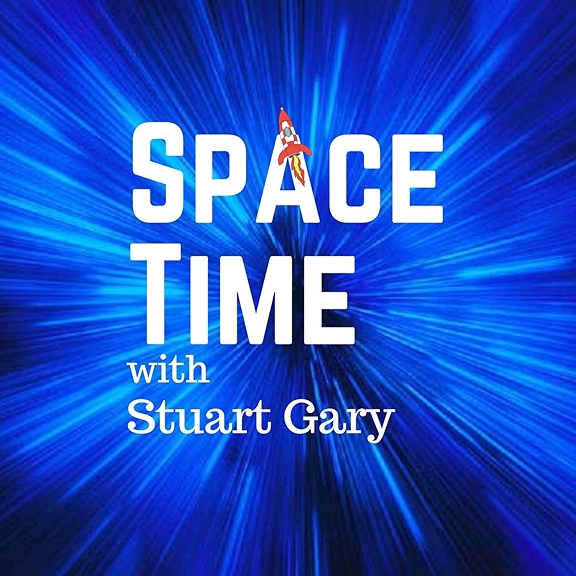
SpaceTime with Stuart Gary
19 years on Australian Public Radio (as StarStuff), 8 years of podcasting and counting. We have a lot of content to share with you.
Recognized worldwide by our listeners and industry experts as one of the best and most thoroughly researched programs on Astronomy, Space, and Science News.
Hosted by Stuart Gary, a veteran radio science reporter, broadcaster and now podcaster.
Keep up-to-date and learn something new with every episode.
New episodes weekly. Three new episodes are published on Mondays for our subscribers and individual episodes publicly on Monday, Wednesday, and Friday.
Show your support for SpaceTime, help us reach our goals with early access to commercial-free episodes and bonuses via Supercast, Patreon, Apple Podcasts and YouTube.
Links at https://spacetimewithstuartgary.com/about
Enjoy!
Become a supporter of this podcast: https://www.spreaker.com/podcast/spacetime-with-stuart-gary--2458531/support.
Recognized worldwide by our listeners and industry experts as one of the best and most thoroughly researched programs on Astronomy, Space, and Science News.
Hosted by Stuart Gary, a veteran radio science reporter, broadcaster and now podcaster.
Keep up-to-date and learn something new with every episode.
New episodes weekly. Three new episodes are published on Mondays for our subscribers and individual episodes publicly on Monday, Wednesday, and Friday.
Show your support for SpaceTime, help us reach our goals with early access to commercial-free episodes and bonuses via Supercast, Patreon, Apple Podcasts and YouTube.
Links at https://spacetimewithstuartgary.com/about
Enjoy!
Become a supporter of this podcast: https://www.spreaker.com/podcast/spacetime-with-stuart-gary--2458531/support.
Episodes



















